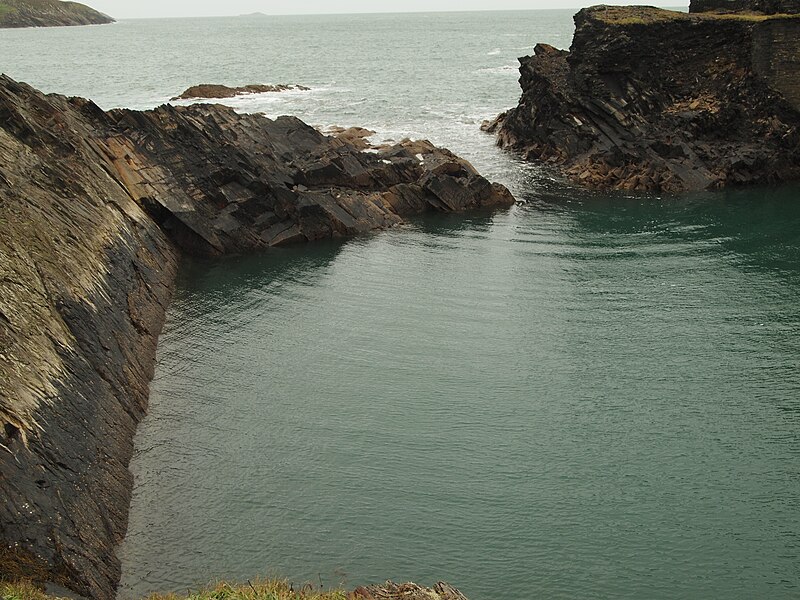5. Linearized loads analysis
In hydrodynamic analysis, the forces on a floating object are often divided into three independent components: hydrostatics, diffraction, and radiation. Each component addresses a distinct aspect of the forces exerted on the body by the surrounding fluid. Together, these components form a linearized model for predicting the hydrodynamic force, ![]() , on a floating body:
, on a floating body:
![]()
This approach allows each force to be analyzed separately, with the total force being the sum of hydrostatic, diffraction, and radiation forces. We will review the hydrostatic force briefly and then examine the diffraction and radiation forces in greater detail.
Hydrostatics
As covered in a previous section, hydrostatic forces arise from the buoyant effects of water on the floating object and the changes in the water-plane area. These forces are related to the object’s geometry and density and provide a restoring force that resists submergence.
Diffraction
In the diffraction problem, we consider a scenario where the body is stationary, but it is exposed to incident waves that scatter off its surface. This scattering effect is driven by the interaction between the incoming waves and the structure, with the waves diffracting around the body and creating time-varying pressure forces.
To model diffraction in a linear framework, we apply assumptions similar to those in linear wave theory:
- The flow is considered inviscid (no viscosity), incompressible, and irrotational.
- Surface tension, cavitation, and temperature and density gradients are neglected.
- Flow remains attached to the body’s surface.
With these assumptions, we can use a potential flow approach, where the velocity potential satisfies the Laplace equation. The solution to this equation is subject to the boundary conditions from linear wave theory, including conditions on the body surface, the free surface, and the seabed.
Although analytical solutions exist for only a few simple geometries, understanding diffraction as an independent force component helps isolate the effects of wave scattering around stationary bodies.

Radiation
The radiation problem, in contrast to diffraction, examines the forces when the body itself is oscillating in still water, producing waves that radiate outward. An example of this is a boat rocking side-to-side in calm water, where the body’s motion generates outgoing waves.
In this case, we again assume small-amplitude oscillations, allowing for a linear treatment of the problem. The motion of the body produces waves that propagate away, creating a pressure field that exerts a force on the body. The forces here include two primary components:
- Added mass: the effective mass of water that moves with the body.
- Damping: the resistive force from wave radiation, which dissipates energy as the waves propagate.
The radiation forces depend on the body’s motion and persist as long as it continues to oscillate. Similar to diffraction, analytical solutions are available for only a limited number of cases, mainly for simple geometries.

